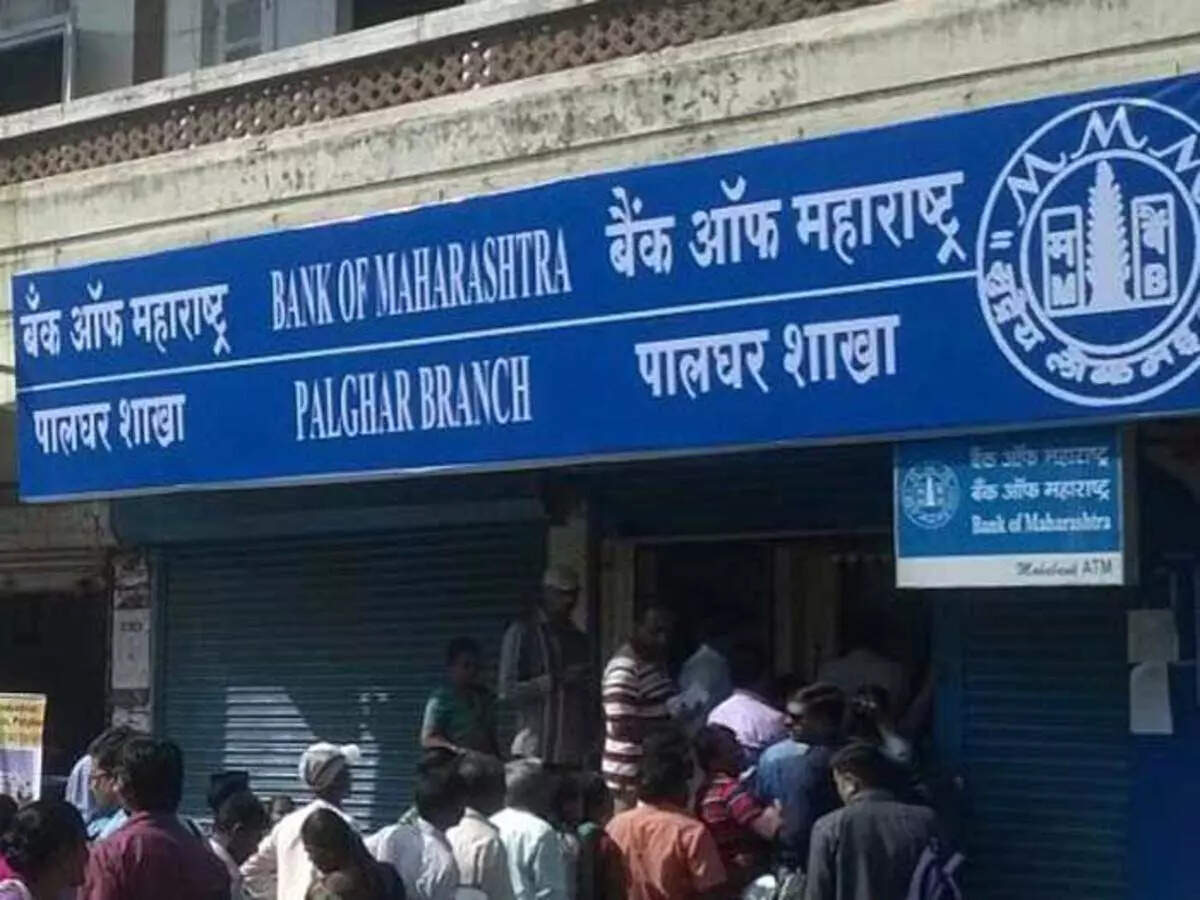RBI report shows decline in bank credit post festival season pick-up
[ad_1]
Read More/Less
The outstanding credit of all scheduled banks declined by ₹5,034 crore in the fortnight ended November 19, indicating the festival season credit pick-up witnessed in the preceding fortnight has lost steam.
In the preceding fortnight ended November 5 the outstanding credit of all scheduled banks had increased by ₹1,25,262 crore, according to Reserve Bank of India’s data on “Scheduled Banks’ Statement of Position in India”.
Sluggish loan growth
“Loan growth continues to be sluggish with no sharp recovery in any specific segment barring Small and Medium Enterprise.
“A low interest rate environment continues but spreads remain elevated. With asset quality issues gradually receding, we should see spreads decline but loan demand issues remain,” Kotak Securities Analysts’ MB Mahesh, Nischint Chawathe, Abhijeet Sakhare, Ashlesh Sonje and Dipanjan Ghosh, said in a report.
Deposits during the reporting fortnight declined by ₹2,67,623 crore against an increase of ₹3,38,451 crore in the preceding fortnight.
Deposit rates flat
As per the latest data from RBI, deposit rates were flat month-on-month at about 5.1 per cent.
“Both private and PSBs have reduced their term deposit rates by about 50 basis points (bps) over the past 12 months. Wholesale deposit cost (as measured by Certificate of Deposit rates) has seen a much sharper decline. It has been broadly stable in FY2022,” the Analysts said.
[ad_2]
